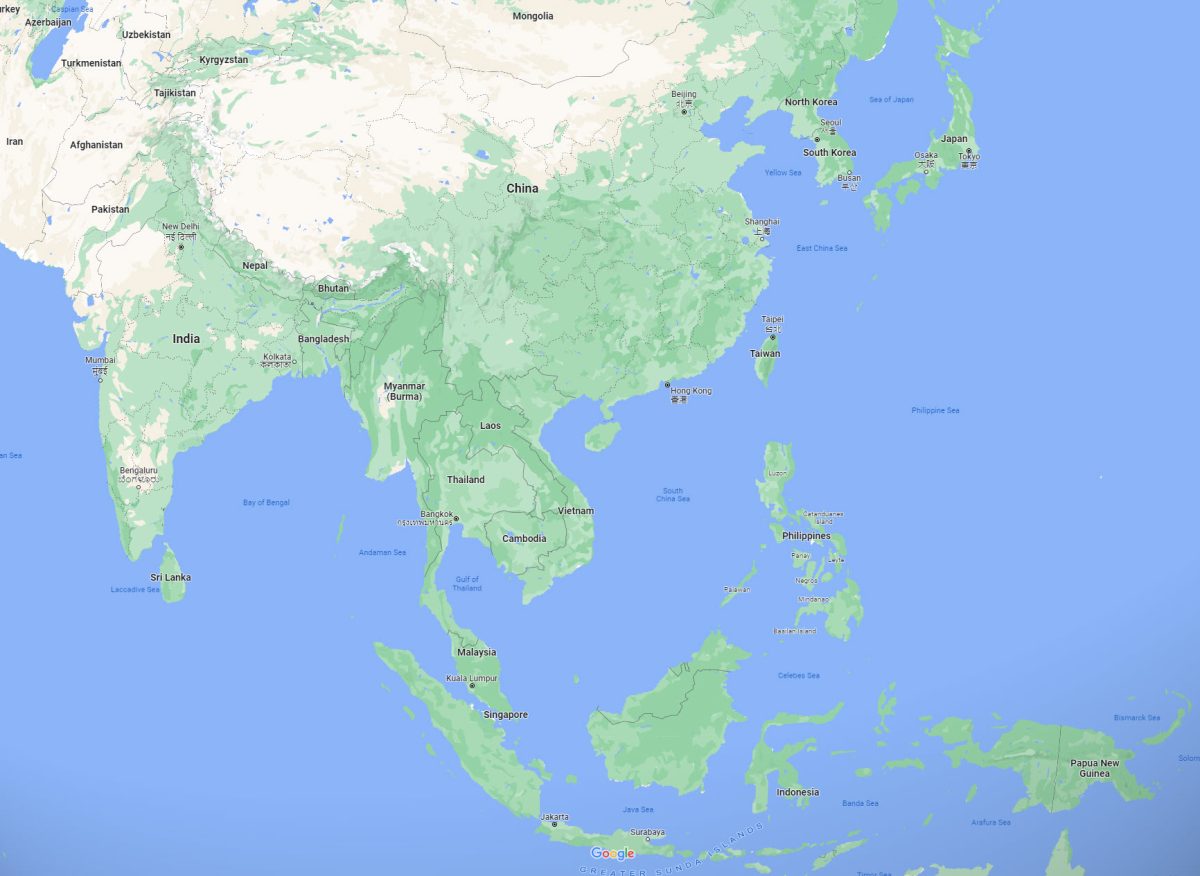Guangming, China: ice storage air conditioning procurement for green building

Shenzhen Guangming District in Southern China will procure an unconventional air conditioning system using ice-storage technology for a public utility in 2019, yielding up to over 45% electricity bill cut and a 14% carbon emission reduction by balancing energy demand between peak and off-peak hours and using an air conditioning system with a higher coefficient of performance (COP).
Recognized as the “Green Valley” of Shenzhen, Guangming District has transformed into a green growth model fueled by high-tech innovations within a decade’s time and was designated by the Chinese central government as one of the country’s first green building demonstration zones in 2008.
In realizing its goal of achieving a 100% green building coverage rate by 2020, Guangming joined the 10YFP on SPP Working Group 1A Project “GPP Tender Implementation and Impact Monitoring” in 2017, aiming to procure a more environmentally friendly AC system for the Guangming Cultural and Arts Center, which is expected to become a landmark public building with the highest environmental and energy standards in China upon its opening.
Due to the current imperfect legal and institutional framework, construction work and its associated components have usually been excluded from the common understanding of GPP in China. Through the 10YFP on SPP project, Guangming was provided with access to various capacity-building opportunities and tender advice from experts. With such support, Guangming managed to move beyond the incomplete definition and identified ice storage air conditioning as the most suitable product group for the construction project of the Cultural and Arts Center, considering its life cycle economic savings and energy efficiency. An environmental criterion was then developed by the procurement entity with the support of ICLEI and project partners.
By consuming electricity in the off-peak hours at night to form ice for storage, and melt ice to provide cooling during the day when energy demand is higher, it is expected that the Center could yield up to a 48% electricity bill cut and a 14% carbon emission reduction with an ice storage AC system, compared to that with a conventional system. From a broader perspective, a more balanced energy demand within the society could ultimately diminish the need for peaking power generation and lead to overall improved energy efficiency.
*The 10YPF on SPP (10 Year Framework of Programme on Sustainable Consumption and Production) is a global multi-stakeholder platform, led by UN Environment, and co-led by ICLEI and the Korea Environmental Industry and Technology Institute (KEITI) to support the mainstreaming of SPP/GPP via capacity building, technical and financial assistance. It contributes explicitly to SDG target 12.7 — promote public procurement practices that are sustainable in accordance with national policies and priorities.
Download the case study: 中 | EN




